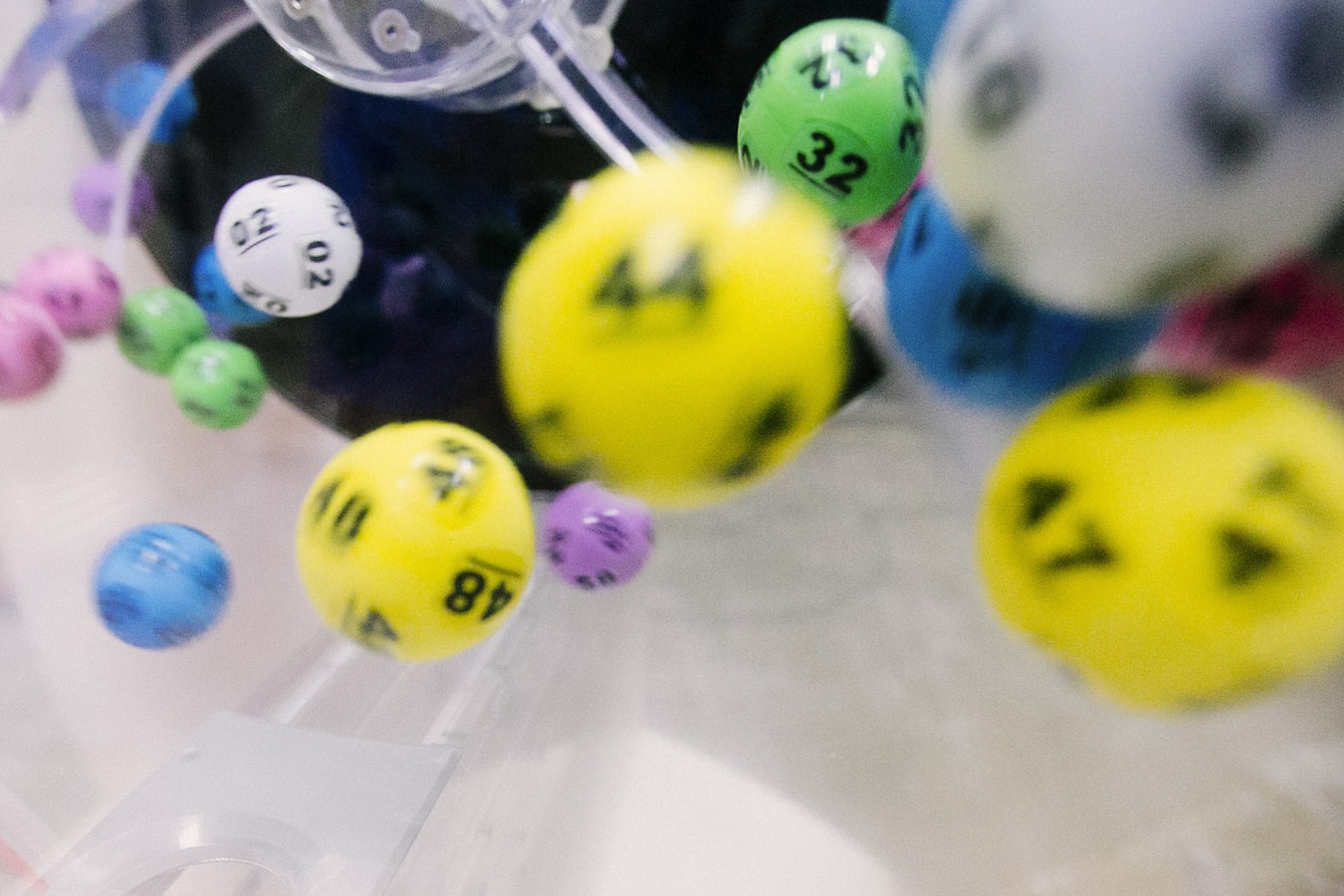This article contains names, images and information about people who have passed away.
In the Kunwinjku language of West Arnhem Land, the verb root bekkan means to listen, but this multifaceted word also means to feel and touch.
It’s a word better understood in context. The late elder Jimmy Kalarriya used it on the occasion of a public ceremony in Gunbalanya to return stolen ancestral remains: “Yim-bekka (you feel it here) look, spirit, they’re here already, they’re happy [in] this country here.”
Indigenous scholars, including Professor Judy Atkinson and Dr Miriam-Rose Ungunmerr Baumann AM, have articulated a similar sentiment in their own languages, which translates variously as “deep listening” or “hearing with more than your ears”.
Indigenous leaders throughout Australia have long been asking for people to engage in deeper listening; to open their ears, their eyes and their minds to the rich cultural heritage of Australia’s Indigenous people and to see the landscape as sentient – as Country – which can hear ancestral languages and song.
But are non-Indigenous Australians listening deeply enough? And could deeper engagement with Australia’s diverse Indigenous performance traditions help pave the way for more meaningful intercultural dialogue?
Respectful collaboration
Dr Reuben Brown, an ARC DECRA Research Fellow in the School of Languages and Linguistics, has spent the past decade working with Indigenous ceremonial leaders to document and support the maintenance of living song traditions.
His work, forged through respectful collaboration, has given him privileged access to ceremonial performances throughout Australia.
He believes that they offer a unique learning opportunity.
“Public ceremony, or kun-borrk as it’s known in western Arnhem Land, is one of those key intercultural learning spaces where you can really listen to the sounds of Indigenous languages, the unique clapstick and didjeridu rhythms and share in the dances that accompany the songs.”
In western Arnhem Land, kun-borrk plays an important role in enacting key moments of transition in people’s lives – like funeral ceremonies, diplomacy ceremonies between families and language groups (known as Mamurrng) and community celebrations like graduations.
Dr Brown’s DECRA project – in collaboration with Western Arnhem Land singers and dancers including Rupert Manmurulu and Renfred Manmurulu – focuses specifically on the role of ceremonial performances at festivals.
“Festivals have become a really important site of diplomacy, both between Indigenous or Bininj groups and between Indigenous and Settler Australians, or Balanda,” he says.
“They offer an opportunity for local kids to practice the dances belonging to their country and enjoy songs belonging to neighbouring country. They also allow Balanda – both visitors and those working and living in Indigenous communities – to engage with local cultural practices, often for the first time.”
Dr Brown’s work involves not only documenting and recording songs but also supporting western Arnhem Land ceremony leaders to share specialist song knowledge with younger generations and the wider public at festivals, by helping to make archival recordings accessible.
Because festivals bring together people from neighbouring communities to showcase different regional song and dance traditions across the Top End, Dr Brown says they support multilingual practices belonging to the polyglot communities of western Arnhem Land.
“If you attend a festival or any public ceremony you will never hear just one group singing – it’s always multiple groups representing different languages.
“Ceremony leaders give much thought and consideration to how they order their songs and craft a performance that pays homage to the traditional country that the songs connect to, often starting with songs from the host group and extending outward to songs from country further afield, before returning home.”
A Long history of exchange
Ceremonial exchanges have been deeply rooted within Indigenous Australian communities for thousands of years and that past is embedded in the performances.
The songs, dances and other ceremonial traditions offer a rare insight into Australian history from an Indigenous perspective.
Dr Brown says one example of this can be found in the songs from northeast Arnhem Land that capture the shared history of the Yolngu people and the Macassans, from present-day South Sulawesi in Indonesia.
“There are songs from Arnhem Land that reference cultural exchanges with the Macassans, who from the 17th century travelled on the seasonal West winds to trade sea cucumber which was traded up to China.”
In western Arnhem Land, songmen continue to dream new songs which are added to their repertory of inherited songs and also compose songs in their own language that tell of this history.
‘Barra’ by Mawng songman Johnny Namayiwa is such an example; the title refers to the west wind that used to bring the Macassans to Goulburn Island.
Inverting Power
Since the early days of colonisation, Indigenous Australians have been consistently met with unfamiliar institutions and knowledge systems introduced by settlers.
Dr Brown says that the ceremonial arena is one setting where the shoe is on the other foot and it is non-Indigenous people having to navigate the unfamiliar.
“Often at some point in a festival performance, the songmen will invite the audience to get up and join in the dancing. There’s this wonderful moment where, as a Balanda or visitor, your universe is flipped. You feel like a small child as you follow the dance leader and call out and stamp your feet in unison with the other dancers.
“If you are following the women, you try to move your arms and sway in time with the beat of the clapstick.”
In recent years, there’s been a cultural shift to understand more about the rich history and heritage of the country in which we live.
But truly engaging in meaningful intercultural dialogue inevitably brings with it discomfort. It means giving up privilege and power and allowing space for other voices.
The ceremonial arena provides that space.
For once, the power of knowledge sits with Indigenous elders and non-Indigenous people are forced to give up the privilege of the familiar.
Ceremonial performances hold the history, culture and languages of Australia’s Indigenous communities.
By engaging more deeply with ceremonial performance it enables non-Indigenous people to pay respect to that rich history, to learn more about Indigenous culture and to really engage in deeper listening.
“There’s this lived tradition that’s being presented at festivals, open for us to experience, that’s telling us about that history,” Dr Brown says.
“And if we take the time to go along and really listen and dance when invited, we can understand a lot more and connect to this country that we live in which has been sustained by many generations of Indigenous singers, artists and storytellers.”
Reuben Brown’s ARC DECRA project ‘Modern Diplomacy: Understanding ceremonial exchange at Indigenous Festivals’ is supported by the Australian Research Council and the University of Melbourne.







